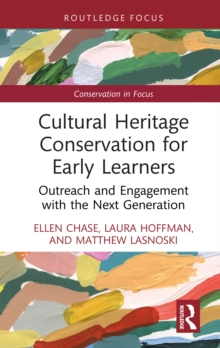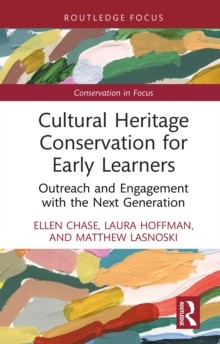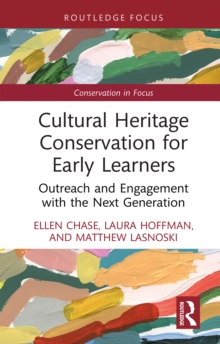
Innovative Technology in Art Conservation : Original Appearance and Viewer Perception EPUB
by W. (Bill) Wei
Part of the Conservation in Focus series
EPUB
Description
Innovative Technology in Art Conservation provides one of the first ever critical assessments of innovation in conservation science and questions what role it should play in conservation and conservation ethics.
Written in language understandable for the non-technical reader, the book begins with a brief history of so-called science-based conservation, which is based on chemistry, physics and engineering, and examines how it influences conservation ethics and conservation decisions. It considers the concepts of originality and original appearance, and how people see and perceive objects, looking in particular at the results of the relatively new technology of eye-tracking. Wei then moves on to critically examine advanced technologies such as colour modelling, hyperspectral imaging, texture mapping, virtual retouching and digital reproductions and considers what they offer for determining original appearance of artworks and other cultural heritage objects. The book concludes with some reflections on the future of conservation and science-based conservation, calling for more thoughtful consideration of what it is that conservation scientists are offering, and why and for whom it is being offered.
Innovative Technology in Art Conservation is essential reading for academics and students working in conservation and conservation science. The book will also be of interest to the international community of conservators and cultural heritage professionals who must make decisions about whether to use advanced technologies in their practice.
Information
-
Download - Immediately Available
- Format:EPUB
- Pages:130 pages
- Publisher:Taylor & Francis
- Publication Date:22/12/2023
- Category:
- ISBN:9781003832980
Information
-
Download - Immediately Available
- Format:EPUB
- Pages:130 pages
- Publisher:Taylor & Francis
- Publication Date:22/12/2023
- Category:
- ISBN:9781003832980










